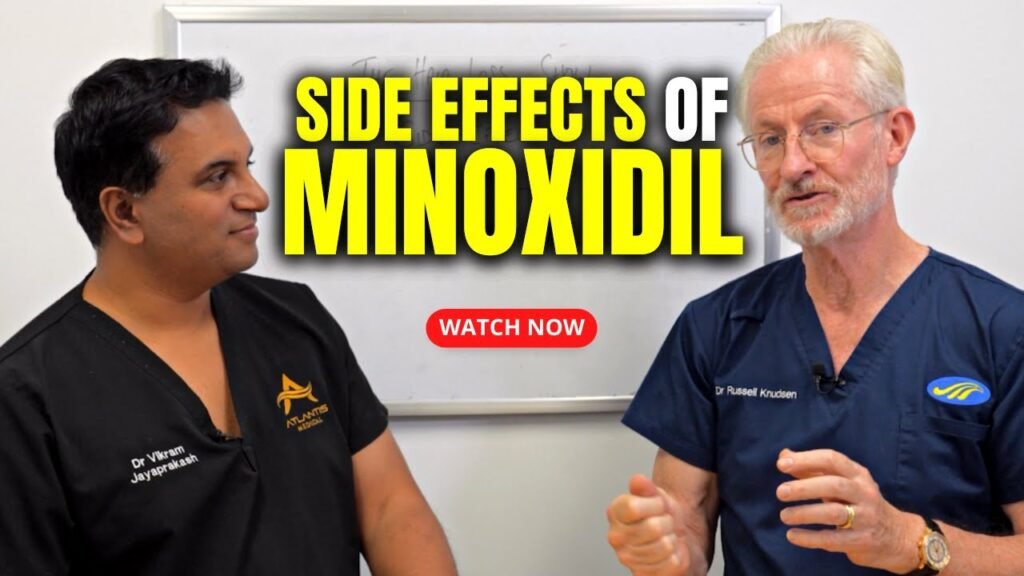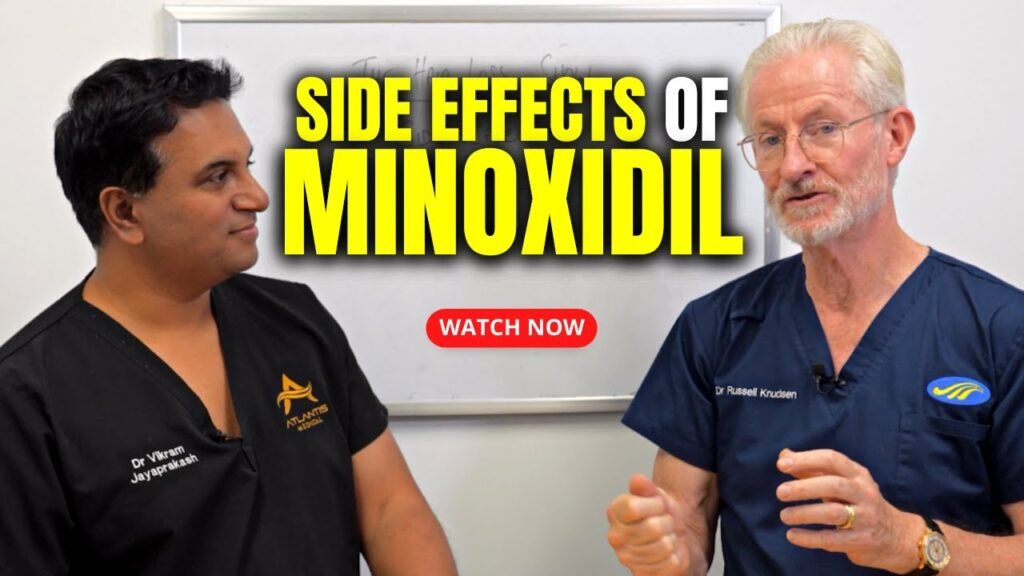Understanding Minoxidil: What is It Used For?
Minoxidil is a well-known medication primarily used to address hair loss issues. Originally developed as an oral medication for hypertension, its hair regrowth effects were discovered as a side effect. This discovery led to the development of topical minoxidil solutions specifically designed to treat conditions like androgenetic alopecia, commonly known as male or female pattern baldness. By applying minoxidil directly to the scalp, users can stimulate hair follicles, which may prolong the growth phase of hair and potentially lead to thicker and more robust hair strands.
How Minoxidil Works
The exact mechanism by which minoxidil promotes hair growth is not fully understood, but it is believed to work by enhancing blood flow to the hair follicles. This increased circulation helps to supply the follicles with more oxygen and nutrients, essential components for healthy hair growth. Furthermore, minoxidil is thought to enlarge hair follicles that have shrunk due to hormonal influences, thus revitalizing them and encouraging new hair growth. Users typically apply the solution or foam to the affected areas of the scalp once or twice daily to achieve the best results.
Common Uses of Minoxidil
While minoxidil is most commonly used to treat androgenetic alopecia, it can also be beneficial for other types of hair loss. For instance, some individuals use minoxidil to combat hair thinning due to aging or stress-related shedding. Although not its primary indication, there is anecdotal evidence suggesting that minoxidil might assist in improving hair density and coverage in these cases. However, it is important for users to understand that results can vary widely, and consistent use over several months is often necessary before visible improvements are observed.
Common Side Effects of Using Minoxidil
Minoxidil, a popular treatment for hair loss, is generally well-tolerated, but it can lead to some common side effects that users should be aware of. The most frequently reported side effect is scalp irritation. This can manifest as itching, redness, or dryness in the area where the product is applied. Such irritation may be due to the alcohol or propylene glycol present in the topical solution, which helps the active ingredient penetrate the scalp. To mitigate these effects, some users opt for the foam version of minoxidil, which lacks propylene glycol.
Unwanted Hair Growth
Another side effect experienced by some users is unwanted hair growth in areas adjacent to the application site. This occurs when minoxidil inadvertently spreads beyond the targeted area, leading to hair growth on the forehead, face, or hands. To prevent this, it is crucial to apply the product carefully and wash hands thoroughly after use. This side effect is more common with higher concentrations of minoxidil and may require adjusting the application method or frequency.
Changes in Hair Texture and Shedding
Users might also notice changes in hair texture and an initial increase in hair shedding when they first start using minoxidil. This phenomenon, known as «shedding,» is actually a sign that the treatment is working, as the product pushes out older hairs to make way for new growth. While this can be alarming, it is typically temporary. However, if shedding persists beyond a few weeks, consulting a healthcare professional is advisable to ensure proper usage and address any concerns.
How to Minimize Side Effects When Using Minoxidil
When using minoxidil, a popular topical treatment for hair loss, its important to be aware of potential side effects and how to minimize them. Proper application is key. To reduce irritation and unwanted side effects, ensure that your scalp is clean and dry before application. Use the recommended amount—usually 1 ml for liquid solutions or half a capful for foam—twice daily. Avoid overuse, as this can increase the risk of side effects without enhancing benefits.
Patch Testing and Gradual Introduction
Before fully integrating minoxidil into your routine, perform a patch test to check for any allergic reactions. Apply a small amount to a discreet area and wait 24 hours to see if irritation occurs. If theres no reaction, gradually introduce minoxidil into your routine. Start with a once-daily application for the first week to allow your scalp to adjust, then slowly increase to the full recommended dosage. This gradual introduction can help your skin acclimate, reducing the likelihood of adverse reactions.
Moisturizing and Scalp Care
Keeping your scalp moisturized can significantly minimize dryness and flakiness, common side effects of minoxidil. Use a gentle, alcohol-free moisturizer to maintain scalp health. Additionally, incorporating a hydrating shampoo and conditioner into your hair care regimen can provide extra moisture. Avoid harsh hair products that contain alcohol or sulfates, as these can exacerbate dryness and irritation. Prioritizing scalp care will help mitigate side effects and support overall scalp health while using minoxidil.
Long-term Side Effects of Minoxidil: What You Need to Know
Minoxidil, a popular over-the-counter treatment for hair loss, is widely recognized for its effectiveness in promoting hair growth. However, its long-term use can be associated with several side effects that users should be aware of. While many people experience positive results, understanding the potential long-term impacts on your health is crucial for making informed decisions about its use.
Common Long-term Side Effects
One of the most frequently reported long-term side effects of minoxidil is skin irritation. Prolonged application of the solution can lead to symptoms such as redness, itching, and dryness of the scalp. In some cases, these symptoms may become more pronounced over time, necessitating consultation with a healthcare professional. Users might also experience unwanted facial hair growth, particularly in women, due to the systemic absorption of the medication. This side effect, though reversible, can be distressing for some individuals.
Systemic Side Effects
Although minoxidil is primarily a topical treatment, long-term use can sometimes result in systemic side effects. These can include dizziness, headaches, and changes in blood pressure. Individuals with pre-existing cardiovascular conditions should exercise caution and consult their doctor before starting treatment. Additionally, some users have reported experiencing increased heart rate and chest pain, which require immediate medical attention.
Hair Texture and Shedding
Another potential long-term side effect of minoxidil is the change in hair texture. Some users have noted that their hair becomes coarser or more brittle over time. Moreover, while minoxidil is known to reduce hair loss, paradoxically, it can also cause increased shedding during the initial months of use. This is typically a temporary phase, but for some, the shedding may persist, leading to concerns about the overall effectiveness of the treatment in the long run.
Consulting a Doctor About Minoxidil Side Effects
When considering the use of minoxidil for hair regrowth, its crucial to consult a healthcare professional to discuss potential side effects. Minoxidil, a popular topical treatment, can cause various reactions ranging from mild to severe. By speaking with a doctor, you can gain a comprehensive understanding of these side effects and how they might affect your individual health profile. This consultation will help you weigh the benefits against potential risks, ensuring a safe and informed decision about using minoxidil.
Understanding Your Medical History
A doctor will evaluate your medical history to identify any underlying conditions that may increase the risk of adverse reactions to minoxidil. Conditions such as heart disease, allergies, or skin disorders can influence how your body responds to the treatment. Your doctor might ask questions about your current medications, past allergic reactions, and overall health to determine if minoxidil is a suitable option for you. Its important to be transparent about your medical background to help your doctor provide the best advice.
Monitoring and Managing Side Effects
During your consultation, your doctor will also explain how to monitor and manage potential side effects of minoxidil. Common side effects may include itching, redness, or irritation at the application site. In rare cases, more severe reactions like chest pain, dizziness, or swelling can occur. Your healthcare provider can guide you on what symptoms to watch for and when it might be necessary to seek medical attention. This proactive approach can prevent complications and ensure that any adverse effects are addressed promptly, allowing for a safer experience with minoxidil.


